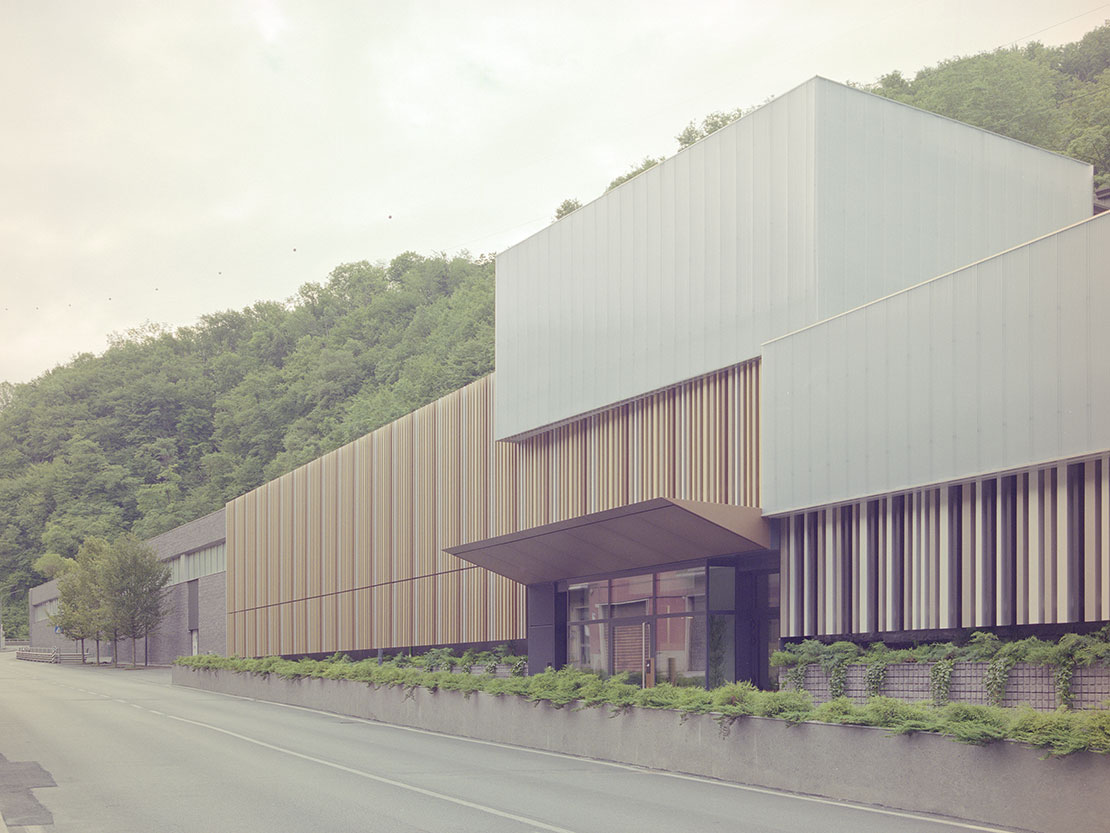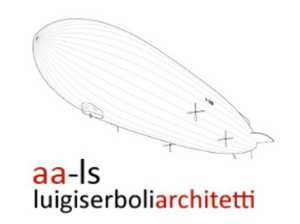

An industrial district from the past renewed for the future
The area where the factory is located is part of an industrial district dating back to the 1950s, a period when metalworking production dominated the economic and urban landscape of this valley. Over time, many of the production plants were decommissioned, leaving behind abandoned structures in need of a new purpose.
The functional reuse project of the factory did not just involve the simple renovation of the interior spaces, but aimed for a broader vision: to create new connections between the production site, the natural environment, and the built context. The renovation of the building, in fact, becomes an opportunity to initiate a dialogue between the industrial past of the site and the new production and environmental needs of the present.














